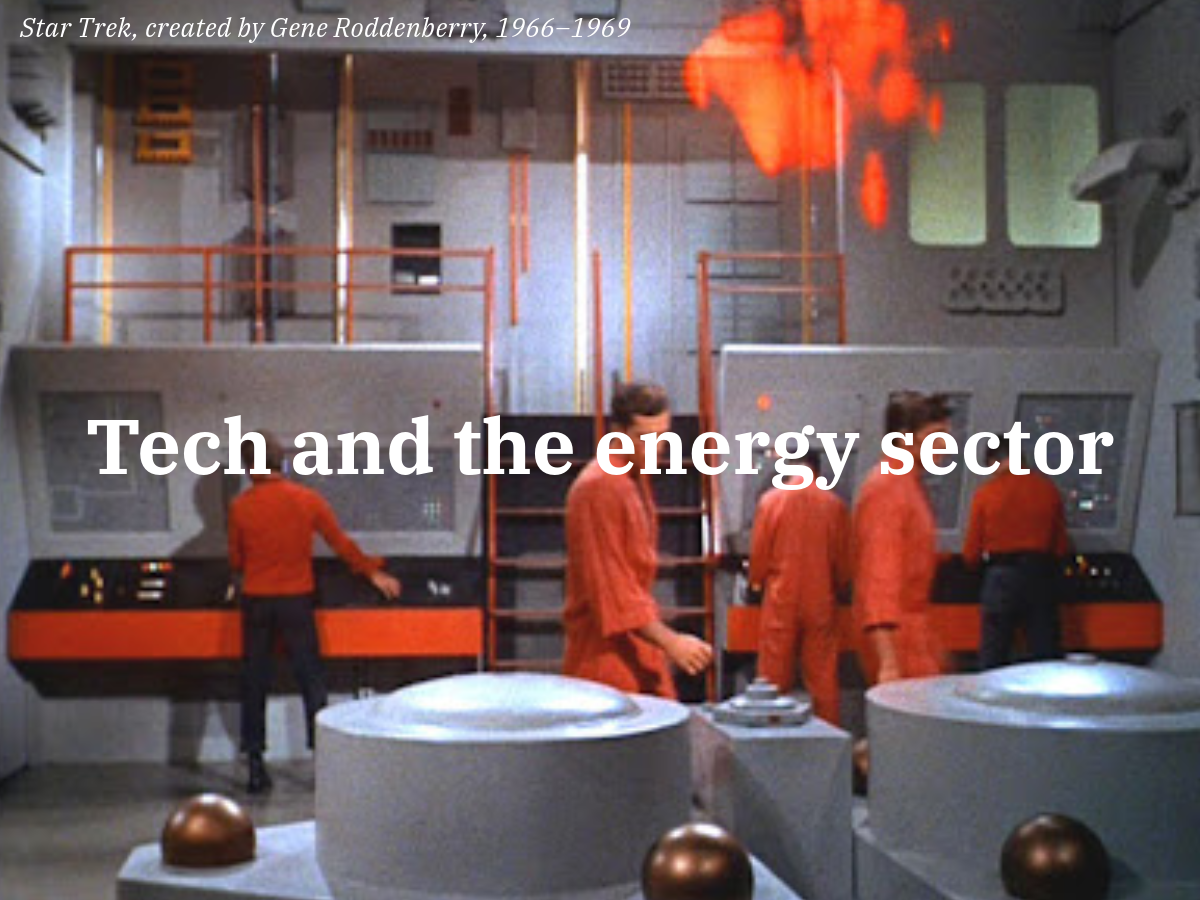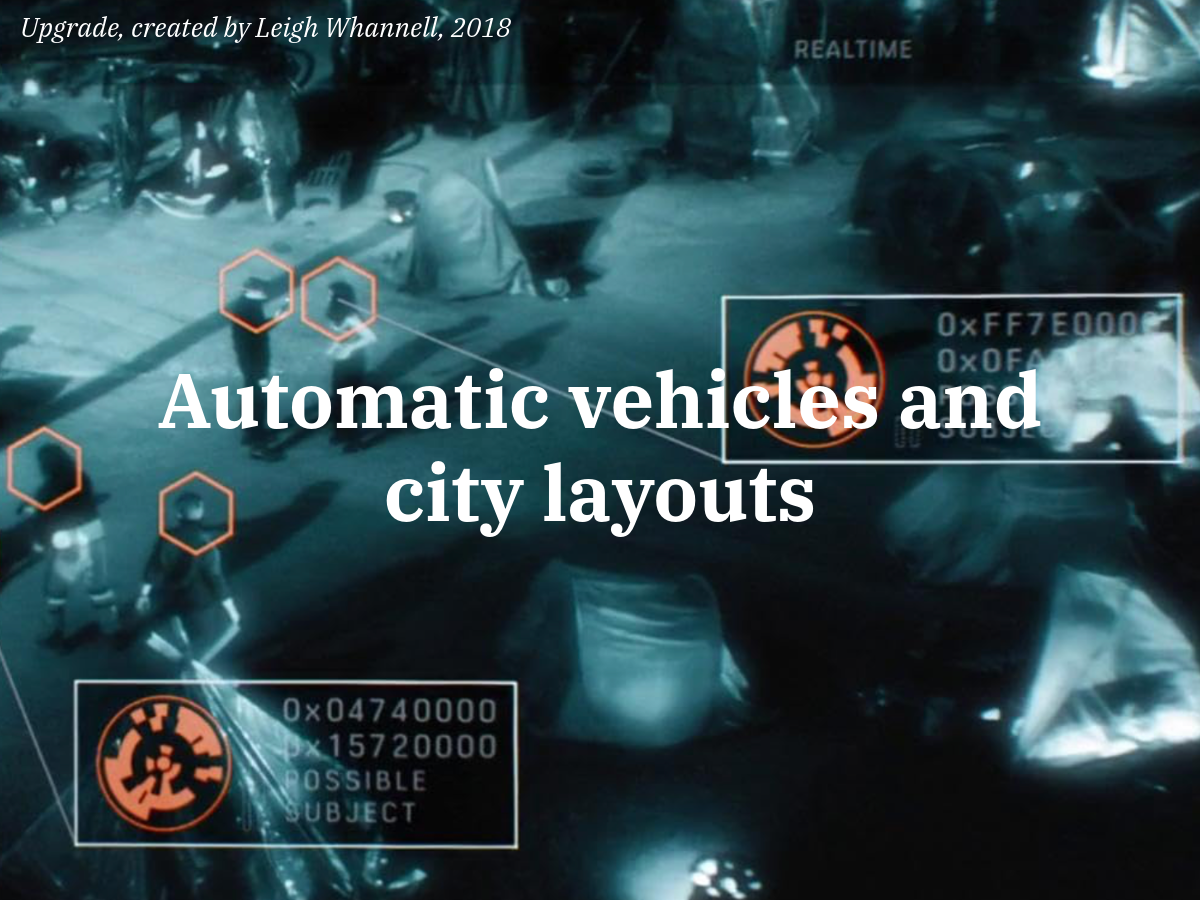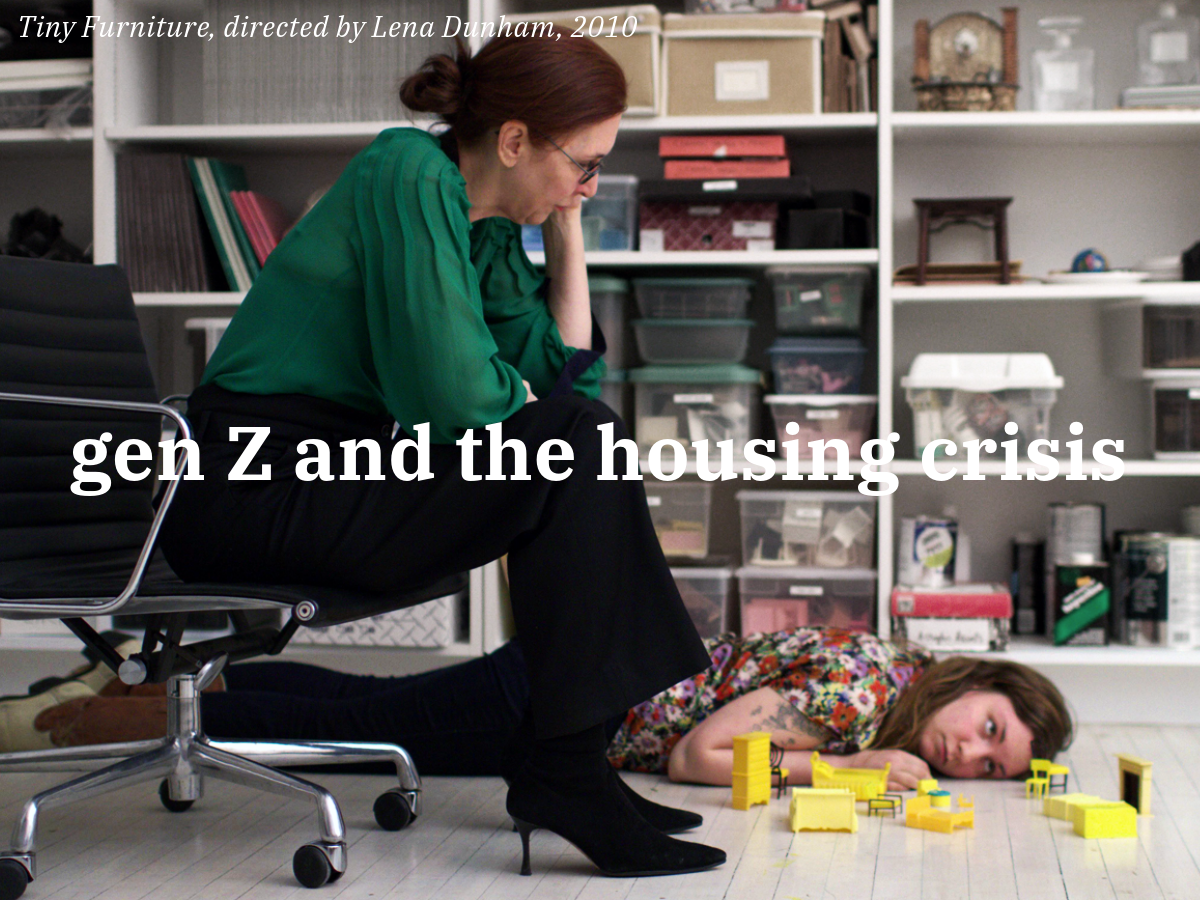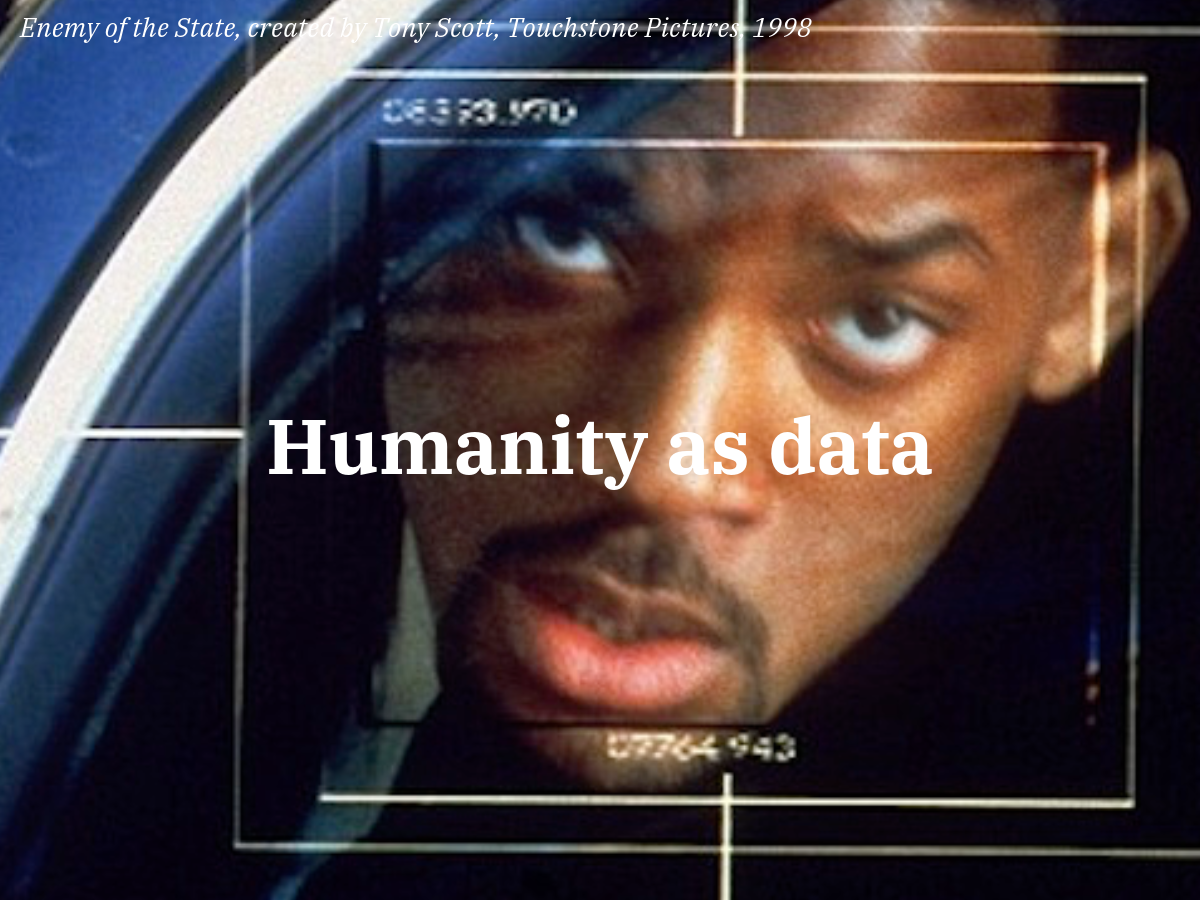Drivers: what’s happening
European law calls for increasing numbers of new zero-emission car sales, up to an effective ban on the sale of new diesel and petrol-powered vehicles by 2035. However, EV sales dropped by almost half from 2023 to 2024. On April 29, 2025 the European Parliament has voted to relax short-term CO₂ emissions targets for cars and vans. The automotive industry lobbied heavily, arguing that they could face up to 15 billion euros in fines under the original 2025 emissions targets. Critics say the auto industry has had seven years to prepare for the 2025 targets. more infrastructure had been installed, and charging capacity increased overall.
However, infrastructure is still lagging behind. Across the EU, but also in the UK and US, EV charging stations are predominantly concentrated in larger cities, leaving other areas underserved and making EV cars less useful outside urban centres. In an interview with The Guardian, The PAC chair, Geoffrey Clifton-Brown, said that “It is welcome to see the EV charging rollout beginning to ramp up. But this rollout is not currently taking place equally across the nation." Additionally, current EV charging stations don't comply with accessibility regulations. Clifton-Brown added that "we are risking baking a serious injustice into the fabric of a major [...] infrastructure." EV infrastructure is also losing in the political battle. In February 2025, the Trump administration ordered states to halt EV charger spending, reversing policies from Biden’s term. On May 8th, 2025, AP news reported that a coalition of 17 U.S. states has filed a lawsuit against the Trump administration for blocking billions in federal funds meant for charging infrastructure.
The numbers
70% of EV drivers plan charging stops in advance for long trips.
Europe needs 8.8 million chargers by 2030, installing 23,000 chargers per week.
In the UK, 43% of all public chargers are concentrated in London and the South East.
Not a single EV charge point in the UK is fully compliant with accessibility standards.
Source: The Guardian
Source: National Renewable Energy Lab
Urban shifts
Grid overloads
Grids are prone to congestion and uncoordinated EV charging, where a car is being charged immediately upon arrival to a charging station, can congest distribution lines and transformers. With over 80% of new cars being electric, Norway has become a global leader in EV adoption. In Norway, grid overload would occur when the share of EVs is above 20%. Even though EVs account for less than 1% of Norway's total electricity consumption, local distribution grids face challenges during peak charging hours. There are two options to fully electrify the transport sector; either to strengthen the distribution grid or schedule EV charging. Norway chose the latter and is transitioning to coordinated charging. This means that a key stakeholder, usually the energy provider, would collect data about every car that needs to be charged, where and when it arrived, how much battery it has, when it has to leave again. The owner pays accordingly, depending on the demand. This plan solves the congestion problem, but introduces the question of surveillance [see: Humanity as data] and reinforces inequality (what if you have to charge your car right now, but can't afford "peak hour" prices?).
In the South Bay area of Los Angeles, cities like Inglewood are characterised by a majority of African American and minority demographics. They are also characterised by multi-unit dwellings, accounting for approximately 46% of the region's residential land use. Despite a strong push towards EV adoption, residents in these dwellings face significant obstacles. According to a report by the UCLA Luskin Center for Innovation and the California Energy Commission, installing home charging stations in multi-unit dwellings varies widely, ranging from $1,800 to $17,800 per site. With an average cost of $5,400, it is unattainable for lower income population.
While this is generally a straightforward proposition for single-family homeowners, navigating the approval processes within homeowners associations and dealing with building codes can be overwhelming. Renters won't invest in fixed infrastructure they lose access to when moving, and owners of rental properties don't see EV chargers as a necessary amenity to increase rent prices. Additionally, older residential buildings lack the infrastructure needed to accommodate at-home EV chargers.
The numbers
Almost 30% of the American population lives in community settings, like apartment complexes or condos. There are an estimated 358,000 community associations in the country representing about 74.2 million residents.
What does it mean for your city?
On the one hand, climate regulations are pushing cities to fully electrify the transport sector. On the other hand, EV car purchases are dropping, charging stations are insufficient and inaccessible, power grids get congested when target numbers are reached and many EV enthusiasts can get their hands on the necessary infrastructure. Charging ports offer the advantage of home charging, but are difficult to distribute and install. Cities face pressure to develop charging networks quickly, impacting housing and land use regulations. Cities either face development costs now, or fines when climate target regulations come into effect.
Strategic opportunity
When developing new policies remember that EVs impact urban infrastructure, and not just meet climate regulations. Think “am I taking into account charging and distribution?”
Subscribe to Urban Futures Lab and stay ahead of urban change. Get in-depth analysis, urban foresight, and strategies that help future-proof your city.
Thank you!
Urban Futures Lab is a strategic urban foresight Think Tank. We decode the forces shaping our cities and industries. We help urban decision-makers, developers, researchers, and anyone curious about the future of urban living discover the interconnected systems driving urban change. Our insights offer a holistic perspective on the future of urban ecosystems, helping you make informed, future-proof decisions.
Subscribe for exclusive access to deep dives, global drivers, and strategies to stay ahead in an ever-changing world.






